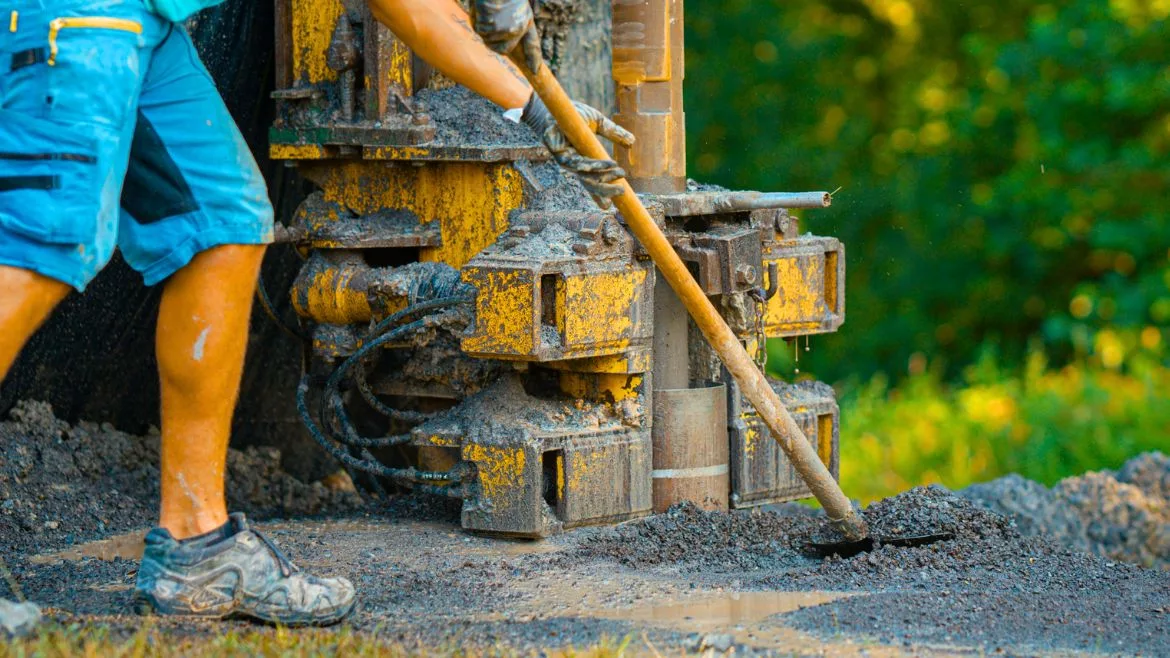How to Test Sand Content During Well Development
Use this step-by-step guide for success in water well development and mining

Testing sand content during groundwater well development is crucial for ensuring the efficiency and longevity of water wells. A simple yet effective method to assess sand content involves using an Imhof cone and a five-gallon bucket and assessing sedimentation at various stages of the aquifer test. This article provides a step-by-step guide for water well drillers and owners on accurately testing sand content.
Step-by-Step Guide to Testing Sand Content
1. Begin with Initial Sampling: Start your testing within the first 10 to 15 minutes of pumping during the aquifer test. This initial sample is crucial as it provides an immediate sense of the sediment levels that the well is producing before any significant settling or changes occur due to prolonged pumping.
2. Schedule Further Sampling: Plan to take additional samples at strategic times throughout the aquifer testing process. A typical schedule might look like this:
- 25% into the testing period
- 50% into the testing period
- 75% into the testing period
- Just before ending the test (between 5 to 10 minutes before shutdown)
3. Use Standardized Equipment: While an Imhof cone is a widely recognized tool for measuring sediment content, alternative methods like a five-gallon bucket can also be effective, especially for visual reference. After settling, if you notice sand accumulation at the bottom approximately covering a dime's area, this generally indicates a sand content of at least 10 parts per million.
4. Graph and Average Results: Graph the results of your samples to visualize the sediment content trend over time. Averaging these results can help determine the overall sediment load during the test. The American Water Works Association (AWWA) suggests that sediment content should ideally be less than five parts per million.
5. Consider the End-use of the Water: If the water from the well is intended for sensitive uses such as brewing craft beer, cold brew coffee, or kombucha, strive for even lower sediment levels—typically under one part per million.
6. Collaborate with Experts: For larger-scale projects, it's advisable to work closely with hydrogeologists and design firms to tailor the sand content testing and well design optimally. This collaboration can help address specific challenges such as high turbidity or unique sediment sizes that might not be effectively captured by standard methods.
Incorporating Sand Content Testing in Mining and Mineral Exploration
While this guide focuses on groundwater wells, the principles of sand content testing are also applicable to mining and mineral exploration in the United States. Accurate sediment analysis can help in assessing the environmental impact and sustainability of mining operations. Additionally, understanding sediment content can guide the selection of appropriate machinery and techniques for mineral extraction, ensuring safer and more efficient operations.
This straightforward approach not only helps in maintaining the quality and sustainability of water wells but can also be adapted to enhance mining and mineral exploration projects. By implementing rigorous testing protocols, both industries can achieve greater productivity and environmental compliance.
See the full video on 'Testing Sand Content for Well Development' from the 'Ask Brock' series today!
Looking for a reprint of this article?
From high-res PDFs to custom plaques, order your copy today!



